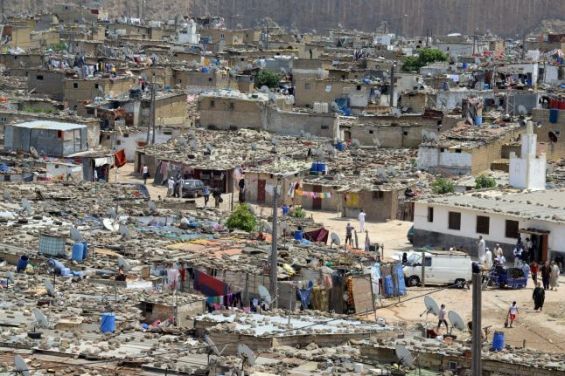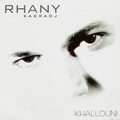Between March 2022 and March 2023, the High Commission for Planning conducted a national survey on the standard of living of Moroccan households. The survey relied on a sample of 18,000 households representing different socio-economic groups and all 12 regions of the Kingdom.
This structural survey, which follows a similar one conducted in 2014 and a partial one in 2019, provides an updated overview of the socio-economic dynamics that characterize Moroccan society.
The findings showed that between 2014 and 2022, the average annual expenditure of households increased from 76,317 dirhams to 83,713 dirhams at the national level, with 95,386 dirhams in urban areas and 56,769 dirhams in rural areas.
At the individual level, the average annual expenditure per capita increased from 15,876 dirhams in 2014 to 20,658 dirhams in 2022. At constant prices, annual expenditure per capita increased at an annual rate of 1.1% between 2014 and 2022, moving from 3.1% between 2014 and 2019 to -3.1% between 2019 and 2022.
Worsening social disparities
The survey showed that between 2014 and 2022, the standard of living of the bottom 20% of the population increased annually by 1.1%. This was due to a 3.9% increase between 2014 and 2019, followed by a drop of -4.6% between 2019 and 2022.
As for the more affluent 20%, their standard of living improved annually by 1.4% from 2014 to 2022, with a 2.8% increase between 2014 and 2019, and a drop of -1.7% between 2019 and 2022.
For the middle-income population, their standard of living increased by 0.8% from 2014 to 2022, rising by 3.3% between 2014 and 2019, and declining by -4.3% between 2019 and 2022.
Thus, the poorest and most affluent groups saw a general improvement in their standard of living, while the middle class did not benefit at the same pace from either the fruits of growth or the redistributive policies adopted.
In this context, disparities in living standards, as measured by the Gini index, worsened between 2014 and 2022, increasing from 39.5% to 40.5%, after a decline to 38.5% in 2019.
Absolute poverty decreases and vulnerability increases
Overall, the absolute poverty rate declined between 2014 and 2022, from 4.8% to 3.9%, down from 1.7% in 2019.
Rural areas saw the same trend, with the poverty rate dropping from 9.5% in 2014 to 6.9% in 2022. On the other hand, urban areas saw a slight increase in the poverty rate, from 1.6% in 2014 to 2.2% in 2022.
Overall, the total number of poor people nationwide in 2022 is estimated at 1.42 million, including 512,000 in urban areas and 906,000 in rural areas.
The vulnerability rate increased slightly from 12.5% in 2014 to 12.9% in 2022, up from 7.3% in 2019. In rural areas, the vulnerability rate remained almost stable, reaching 19.2% in 2022 compared to 19.4% in 2014, unlike in urban areas, where vulnerability increased from 7.9% in 2014 to 9.5% in 2022.
Household income
The average annual household income amounted to 81,970 dirhams at the national level, 103,520 dirhams in urban areas, and 56,047 dirhams in rural areas. At the individual level, the average annual income per capita was 21,949 dirhams in 2022, which is 2.1 times higher in urban areas (26,988 dirhams) than in rural areas (12,862 dirhams).
Wages are the main source of household income, accounting for 35.1% of total income. This percentage represents 36.4% in urban areas and 29.5% in rural areas.
Public and private transfers account for 21.3% of total income, 22.8% in urban areas, and 15.1% in rural areas.





 chargement...
chargement...













